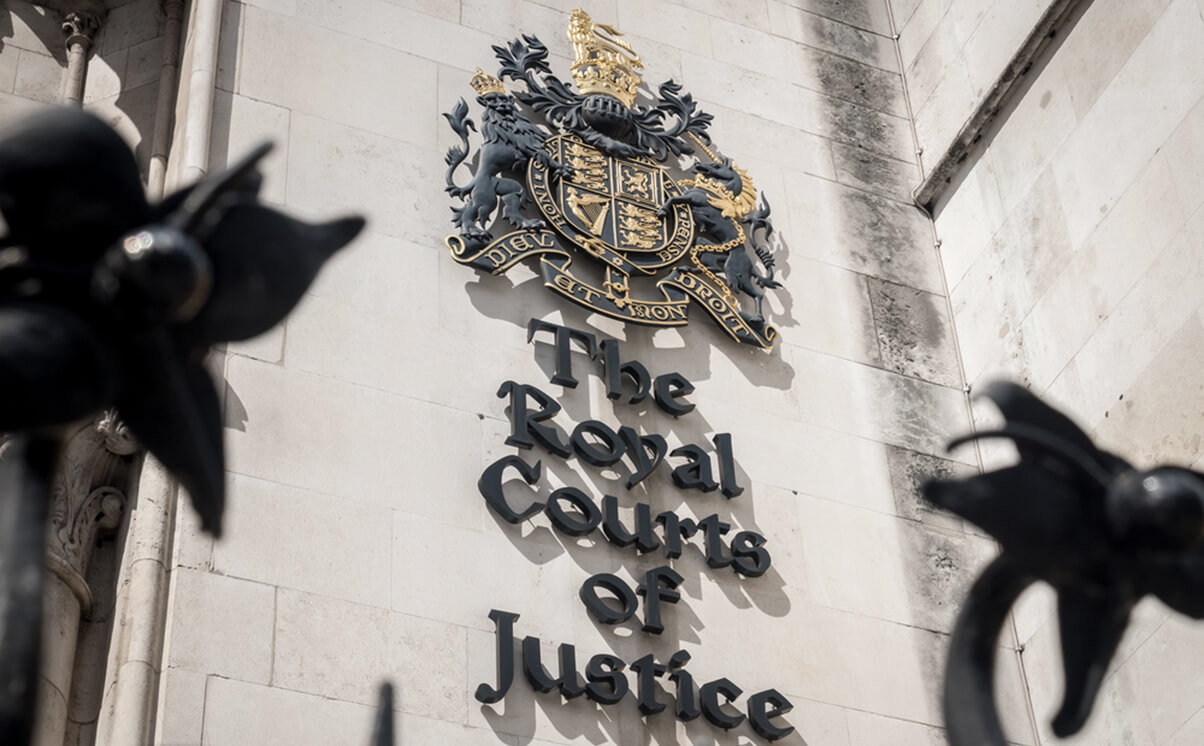Anyone who has seen the film ‘Marriage Story’ will know that decisions to relocate are difficult for the court and distressing for the parties, especially as they are often made in the immediate aftermath of an emotional relationship breakdown. Typically, applications to move with a child (which, in the absence of both parents’ consent, require the permission of the court), whether across a continent or to the other side of the world, have been considered a binary decision: either the child stays, or the child goes. Emma Hatley looks a recent case that may pave the way for a middle ground.
In the recent case of AY v AS and Another (Relocation) [2020] 1 FLR 536, Mr Justice Mostyn identified a ‘middle way’ in a child relocation application. By allowing the mother to relocate internally (from Devon to London), she would be able to find employment and live among a supportive Kazakh community. The judge was satisfied that despite the fact this outcome was not the first choice of either the mother (who wished to return home to her family in Kazakhstan) or the father (who wanted the child to stay in Devon so that he could continue to share the care of their daughter, A), it was the solution in the best interests of A.
The case concerned A, a girl of 2¾ years at the time of the hearing. The mother is a Kazakhstan national and is aged 36. The father is English and is aged 51. Having started a long-distance relationship, the mother moved from Kazakhstan to Devon to live permanently with the father. Shortly after they married, the mother gave birth to A, but the relationship soon ran into difficulties and they separated. The mother found herself in an objectively intolerable position: she was unemployed and isolated geographically and socially. She missed her family in Kazakhstan desperately. The mother applied to take A to live with her in Kazakhstan permanently. Her application was opposed by the father and the guardian appointed for A.
The legal test to be applied is that the children’s best interests are paramount (called the ‘paramountcy principle’). In determining a child’s best interest, the court is to be guided by the criteria known as the ‘welfare checklist’ set out in section 1(3) of the Children Act 1989. The paramountcy principle is not to be glossed, augmented or steered by any presumption in favour of the party seeking to relocate. The court must consider the impact on the mother if the application is refused as well as the impact on the father if it is granted.
In reaching his decision, Mr Justice Mostyn said that until an internal relocation had been tried by the mother authentically and in good faith, her proposal to remove A from the jurisdiction permanently was objectively unreasonable and contrary to A’s best interests.
It will be interesting to see how many other cases adopt a ‘secondary solution’, being one not advocated by either parent, by finding a compromise they can each tolerate. There have been previous cases where the court has investigated the extent to which the opposing parent can also relocate or at least split time between the two locations so as to have a substantive home with the child overseas. However, this goes further, and there must be a risk that finding a halfway house does not end up meeting anyone’s best interests, least of all the child’s.
You can find further information regarding our expertise, experience and team on our Divorce and Family pages.
If you require assistance from our team, please contact us or alternatively request a call back from one of our lawyers by submitting this form.
Subscribe – In order to receive our news straight to your inbox, subscribe here. Our newsletters are sent no more than once a month.






